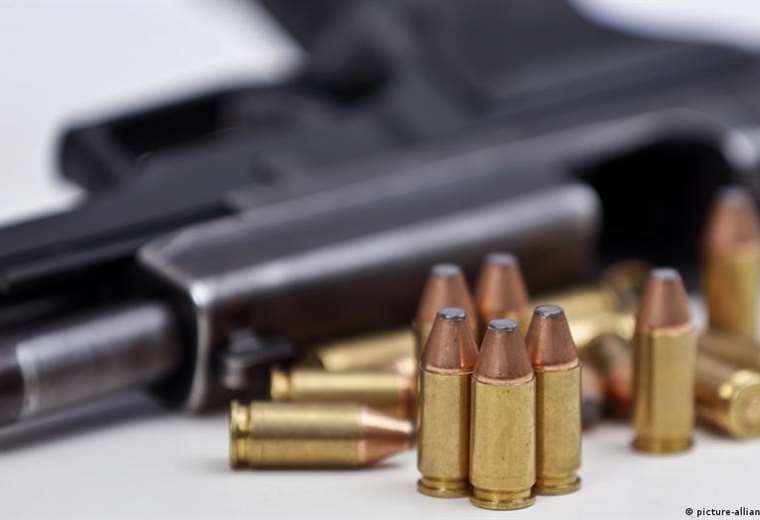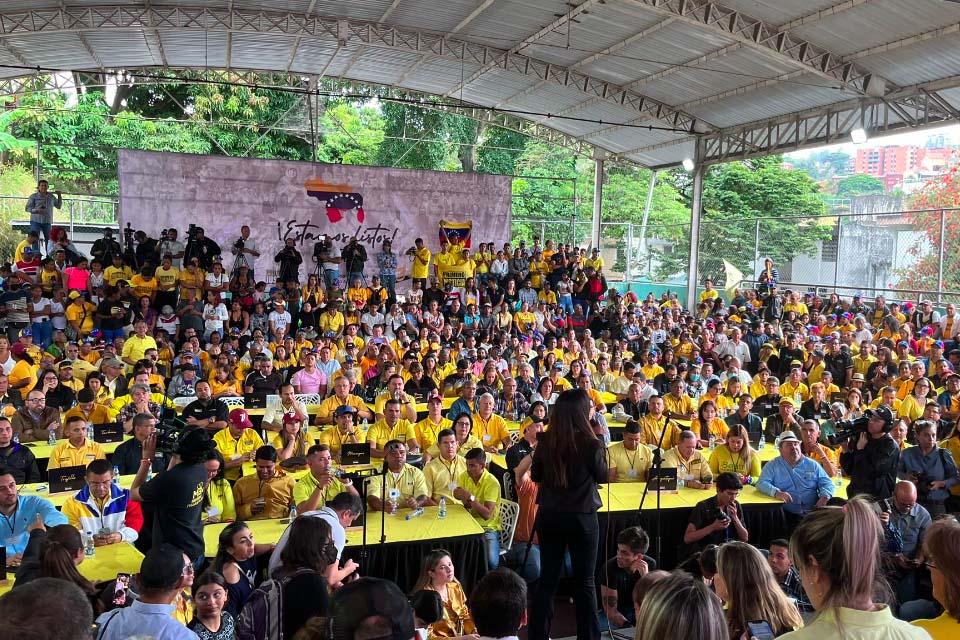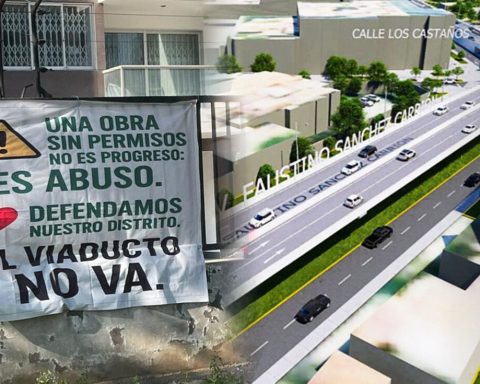Family and individual income in the city of Buenos Aires had a year-on-year increase lower than inflation in the fourth quarter of 2022of approximately sixteen percentage points, according to a report from the Buenos Aires General Directorate of Statistics and Censuses.
With inflation of 89.2% compared to the same period in 2021, total family income had a nominal increase of 75.6%, individual income 72.4%, and family income per capita 71.4%, lower in relation to with the district’s Consumer Price Index at 13.6, 16.8 and 17.8 percentage points, respectively.
The Directorate stated that “In the quarter, the total average family income in the city is 22% higher than the value of the total basket for a typical household”made up of “a 35-year-old male and female couple, economically active and homeowners with two male children ages 6 and 9.”
The Buenos Aires statistical agency highlighted that “30% of households with the lowest per capita income account for 38.6% of the people, but only 14.1% of the total income”
He warned that the period analyzed “is a quarter in which wage earners registered with social security receive a Christmas bonus.”
The regional differences of the city, in which historically the north zone had higher incomes than those of the south zone, had a reduction compared to the levels of the last quarter of 2021, although they did not stop showing a significant gap.

The total family income in the city was $218,209 in October-December of last year, but in the northern zone it was $255,616, in the central zone $216,270 and in the southern neighborhoods $176,946, that is, 30 77% less than at the other end of the district.
Families in the southern zone have more members than those in the northern zone, which implies that the gap widens in the measurement of per capita family income
Families in the southern zone have more members than those in the northern zone, which implies that the gap widens in the measurement of per capita family income, which was $112,361 for the entire city, with this detail by zone: $151,797 in the north, $110,283 in the center and $68,951 in the south, 54.58% less than the most favored zone.
Regarding the measurement of individual income, in all of CABA they were $134,280, in the northern neighborhoods $179,310, $133,857 in the center and $93,148 in the south, 48.05%. less than in the north.

The Buenos Aires statistical agency highlighted that “30% of households with the lowest per capita income account for 38.6% of the people, but only 14.1% of the total income.”
At the other end, “those in the top 30% involve 22.8% of residents and almost half of the income mass (49.9%)”, he pointed.
The 10% of the employed with the lowest income earn less than $33,000 in their main occupation, while the 10% with the best income earn more than $250,000.
It also indicated that labor income expanded below non-labor income (72.6% and 86.1% respectively).
Main occupation income amounted to $136,410, with a year-over-year growth of 79%.
Regarding the classification by gender, the Department of Statistics specified that “Half of the male workers earn less than $120,000 and half of the women earn less than $100,000”meanwhile “with an average of 38 weekly hours worked for the entire employed population, men record 40 hours and women 35 hours.”
Likewise, the 10% of the employed with the lowest income receive less than $33,000 in their main occupation, while the 10% with the best income exceed $250,000, from which it can be deduced that “the last decile earns a little less than 8 times what the first”, he concluded.


















